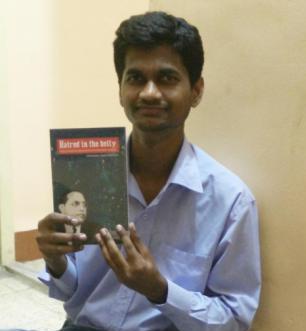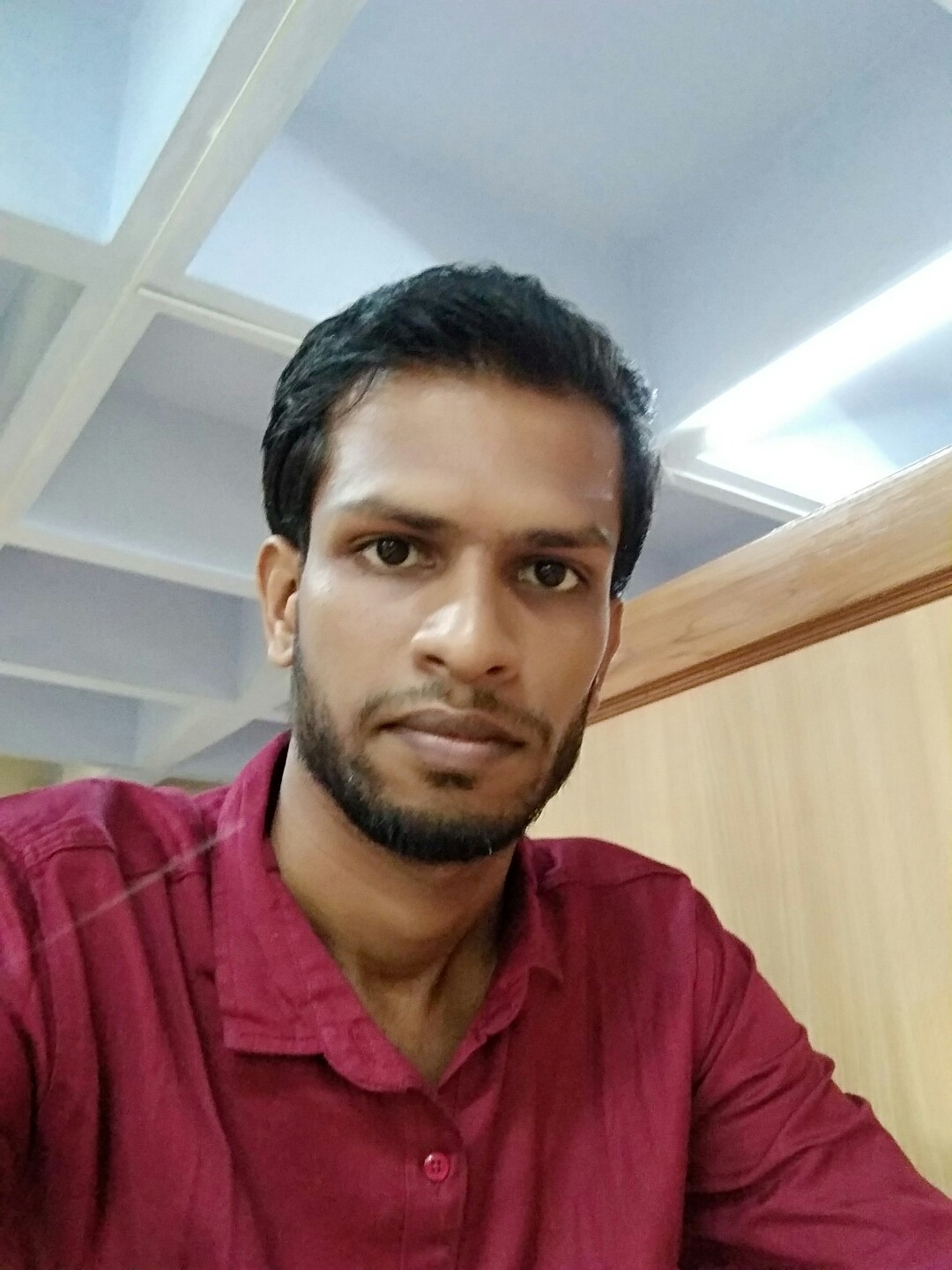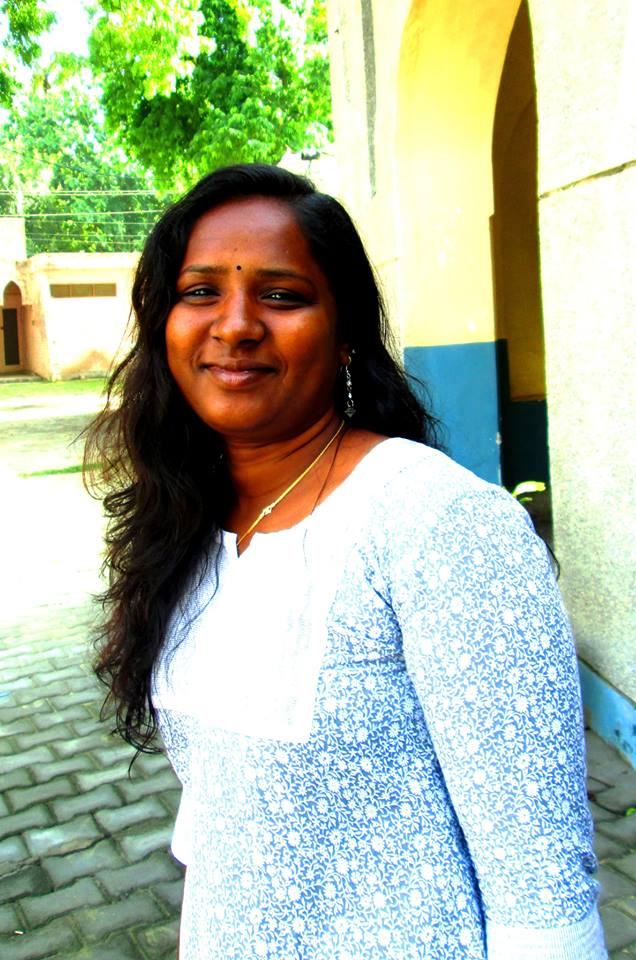Tejas Harad
 When Rahul Pandita, a Brahmin, writes about Naxalism, does his scholarship benefit the Adivasis for whom Naxalism is a lived reality or does it benefit Pandita himself? When Anand Patwardhan, a Brahmin, makes documentaries about Dalits, does his work benefit the Dalits or Patwardhan himself? When Arundhati Roy, a Syrian Christian, writes about dam-affected people, Adivasis, Kashmiris and now Dalits, does her prolific writing help the people she talks about or herself?
When Rahul Pandita, a Brahmin, writes about Naxalism, does his scholarship benefit the Adivasis for whom Naxalism is a lived reality or does it benefit Pandita himself? When Anand Patwardhan, a Brahmin, makes documentaries about Dalits, does his work benefit the Dalits or Patwardhan himself? When Arundhati Roy, a Syrian Christian, writes about dam-affected people, Adivasis, Kashmiris and now Dalits, does her prolific writing help the people she talks about or herself?
When Savarna journalists, writers and academics study, report, document, analyse and hold forth on topics concerning the marginalised it benefits them and their peers the most. Their audience are fellow Savarna upper class folk. The idea behind the benefits to the marginalised communities from these works is like the famous ‘trickle-down theory’; we know how that goes.
Feminism in India (FII), a feminist publication, recently announced a new editorial policy. The FII policy states, “We formed a new editorial policy where men don’t write on women’s exp, upper-castes on Dalits, heterosexuals on LGBT, etc. No appropriation. This is an attempt to make our feminist politics as intersectional as possible & give voice to the most marginalized. FII is a place for all.” FII made this announcement on Twitter and as the nature of the platform goes, it spiraled into a controversy. FII received criticism from many sections, including journalists and academics, and was also trolled widely. Later FII came out with a statement to clarify its position and answer the criticism levelled against it. (You can read the statement in full here.)
But this question of representation, and which voices get heard and which remain on the margins, is not new. Black feminists have in the past criticised white feminists for treating “woman” as a monolithic identity and speaking on black women’s behalf (and also importantly, erasing race from the conversation). Dalit feminists have mounted similar criticism against feminist movement in India for its Savarna character.
When marginalised groups do not get space in the mainstream discourse as active agents, the discourse is dominated by issues concerning dominant groups. But even when marginalised groups do find space in mainstream media, they are represented by people coming from privileged backgrounds from the oppressor group. Is it a desirable scenario? And how authentic is this narrative coming from the oppressor group about the oppressed? Also, does this particular journalism or scholarship emanate from the desire to further the cause of the marginalised or do these journalists and scholars just want to help their own careers? Also, what are the ethics of always treating a certain marginalised group as an object to be analysed and dissected without questioning one’s own privileges?
Gaurav Somwanshi, an anti-caste writer, recently wrote this post on his Facebook wall:
“We all are our own personal projects. Our own journeys and struggles to undo what might be our own flaws born out of both culture and structure. It is no one’s right to make me a project for their politics. I would fight for everyone’s right to refuse to be that project for anyone else, just as I would stand against any wrong around me, to my best capacity. For me, this is what Ambedkarism means. I have also been a ‘project’, helping my savarna friends to ‘learn’, appealingto them, being made to project myself as the ‘quintessential’ middle-class Dalit, apologizing for Athavle and dishing out my life on a plate to be served for dissection and for argument, but i don’t do so now (I mean I try not to, learning), because that isn’t the essence of liberty, either for me or for the spectator. Atta Deepo Bhava, be your own light, and let the freedom to guide yourself with your own light prevail.”
Wouldn’t the best scenario be to let marginalised groups talk for themselves, frame the narratives, decide the pace and take it forward as they want? After all, don’t they know what is best for them? Wouldn’t it be good if privileged people curb their saviour complex a little, however well meaning it might be?
The publications like Round Table India, Savari and Dalit Camera are important because they are run by people coming from the same communities they talk about. FII is an intersectional feminist publication run by an all-women team. If it wants to avoid appropriating marginalised people’s lives, it should only be welcomed. But the agenda should not remain limited only to giving space to the marginalised; it should also involve finding new voices, mentoring them and encouraging them to write and talk about themselves, their communities and issues facing them.
The mainstream media is dominated by people coming from only one community. The three prominent faces of TV news in English — Arnab Goswami, Barkha Dutt and Rajdeep Sardesai — are all Brahmins. The situation in English press is not much different. It is very hard to find Dalit Bahujan Adivasi persons in decision-making positions. Their presence at junior positions is also minimal. (The situation is slightly better in regional media.) Therefore, the backlash against FII’s policy, which only states that on certain issues marginalised voices will be given priority and the attempt will be to not have the privileged speak on behalf of everyone, comes as a surprise. It is really telling that even a small initiative that challenges the status quo seems like such a threat to those with privilege, power and access.
(With inputs from @annaverbe)
~~~
Tejas Harad works in the copy editing department at Economic and Political Weekly. His interest lies in studying the intersection of Ambedkarism, feminism and theoretical Marxism.










